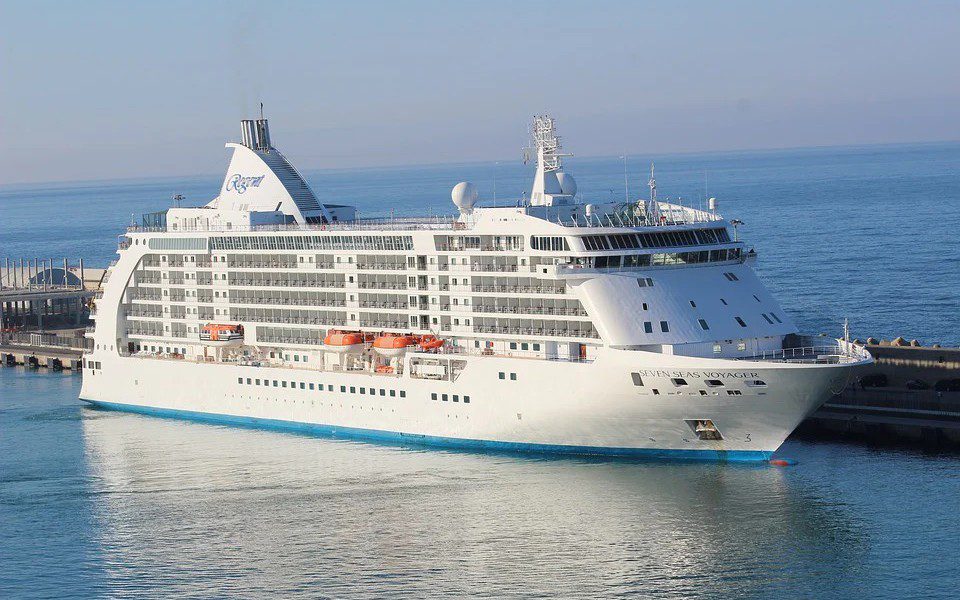 Analyst Insight:Businesses typically fall into three categories in their sustainability adoption journey. This article will address those stages and how AI can enhance and advance sustainability initiatives.
Analyst Insight:Businesses typically fall into three categories in their sustainability adoption journey. This article will address those stages and how AI can enhance and advance sustainability initiatives.
In addition to improving customer satisfaction and loyalty, successful sustainability initiatives will provide businesses with a competitive edge. A measurement solution that provides critical data in real time will help to set these businesses up for success.
The Stages of Sustainability Adoption
Young companies just starting: measurement.In order to establish a baseline for reference, businesses must first calculate and evaluate their carbon footprint. However, the lack of standardization is confusing when it comes to data, and limited expertise and the large number of data points makes the process cumbersome and prone to errors.In fact, a Boston Consulting Groupstudyindicated that those surveyed “estimate an average error rate of 30% to 40% in their emissions measurements.”
Companies aware of emissions but not informed:creating basic methodology.Historically, basic methodology utilizing immature technology—such as online calculators or spreadsheets—has proven to be both cumbersome and ineffective. Further, they are limited in what they can provide; data on exact transit of shipment, vessel used and fuel used is not publicly available or easily accessible.
At the booking level, it’s difficult to judge how using a /lower emissions option would impact a business’ yearly emissions tally, and it’s almost impossible to know whether the estimated values at the time of booking will hold true by the end of the move.Procurement managers already have to consider a lot of factors when making their decision: time of delivery, transshipments, cost and carrier reliability. Tools that help project emissions give visibility to the procurement team on how they should navigate this chaos while maintaining their business’ delivery schedules.
Actively reducing emissions: an optimized process.Precise estimates can help a business to set optimization goals, but it can be a struggle to implement them at the end-user level, and the lack of universal metrics hinders companies in their ability to gauge progress.
Adding AI to the Measurement Mix
The good news is that these cumbersome, time-consuming manual processes could be a thing of the past. AI has proven to be a game-changer in saving time and money, and in helping businesses meet their sustainability goals.
Utilizing an AI-based tool provides access to insights that enable businesses to choose between carriers or lanes, like the exact transit of shipment, vessel used or fuel used. Additionally, product certification from theGlobal Logistics Emissions Councilensures that the measurement process meets industry standards.
Granular data can also help to significantly reduce carbon emissions. Dashboards offer emissions measurements over time based on port and region-specific container volume; data for CO2emissions for specific regions and ports can also be available for analysis.
Establishing and meeting emissions reduction targets by implementing AI-based tools can help businesses compare projected emissions from future shipments, giving them an edge during the procurement process.
AI Delivers Real-Time Insights
Tracking.Businesses that utilize real-time trackers can develop effective strategies to help them meet sustainability targets. Detailed carbon emissions data for each carrier enables businesses to select carriers that align with their sustainability goals and minimize the environmental impact of their transportation activities.
Optimizing.While it can be challenging to align teams with sustainability goals, AI-driven data and tools can help them to optimize routes and shipping methods.For instance, a carrier with lower CO2emissions can be selected at the planning stage, enabling businesses tomeet sustainability goals without compromising delivery schedules.Detailed insights by mode, country, lane and carrier provide businesses with the advantage of accurately tracking their past and present carbon footprint.





